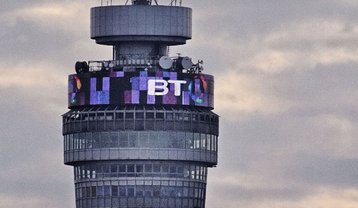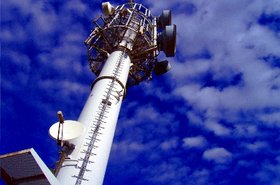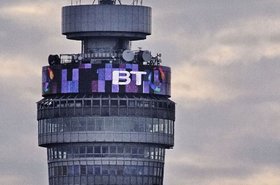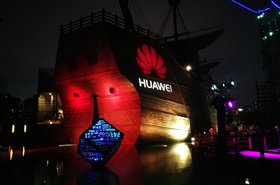UK telco BT has begun the process of replacing Huawei hardware from its cellular network in the UK.
In July 2020, the UK government announced that all of the country’s mobile operators remove all equipment from high-risk vendors such as Huawei from their 5G networks by 2027.
Bloomberg reports the company is starting its rip-and-replace program in Hull, and is on track to cut out all of Huawei’s equipment there by July, substituting in components from Nokia. While the government restrictions only include 5G equipment, BT is also removing 4G gear, as well as interoperable tech.
“We were quite keen to pick one city area and do the whole of that, and make sure that we can really check that we’re not having an adverse impact on customer service,” BT Chief Technology Officer Howard Watson said. “The signs are really good for that so far.”
FEATURE: WILL THE HUAWEI BAN HELP DRIVE OPEN RAN ADOPTION?
BT has a lot of hardware to swap out
Around 12,000 of BT’s 18,000 mobile masts, rooftops, and other sites will need replacing nationally, with Watson saying around 130 have been completed so far. He added that seeking landlord permissions, closing roads, and mobilizing staff was a time-consuming process.
BT has previously said removing Huawei from its networks will cost around £500 million ($700 million). The company began removing the Chinese vendor from some parts of its network in 2018, prior to the government mandate. Last year Nokia won a contract to be BT’s core 5G RAN supplier.
This month in the US Xiaomi was removed from a government blacklist. When in office, former President Donald Trump issued an order designating the firm as a Communist Chinese Military Company, which would have led to a de-listing from US exchanges and deletion from global benchmark indexes.
Xiaomi sued the government and the Defense Department has agreed to remove the company from the blacklist. Other companies on the blacklist include China Mobile, China Telecom, China Unicom, and Huawei




